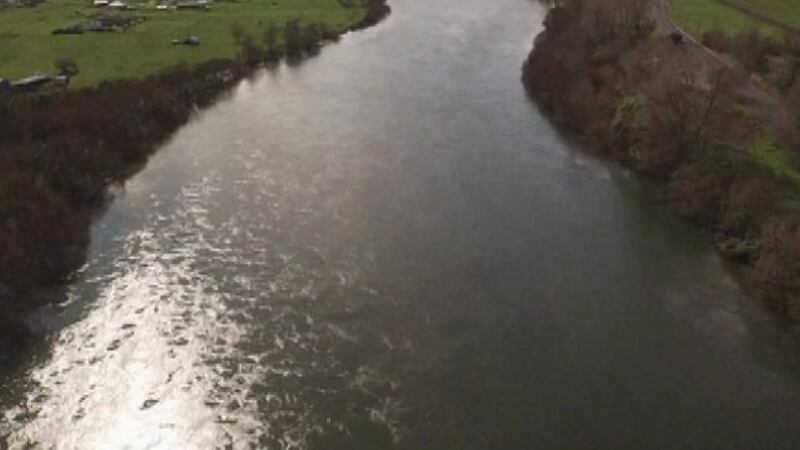Waikato-Tainui chair Tukoroirangi Morgan is disappointed by the latest setback to conservation efforts in iwi waterways and says the discovery of an invasive clam native to eastern Asia will probably draw a strong reaction from marae along the length of the river.
"To say I am mortified is an understatement," Morgan says. “More needs to be done to protect our fragile ecosystem against all introduced pests that find themselves in our waterways.
“We have recently worked with mana whenua to place a rahui on the Whangamarino wetlands because of rising toxicity associated with algae growth and now, combined with this latest issue, we are simply at our wits' end."
The freshwater gold clam (also known as the Asian clam, or by its scientific name Corbicula fluminea) is native to eastern Asia but is also widely established in North America, South America and Europe and has been found over a 45km stretch of the Waikato river between Karāpiro and Kirikiriroa.
BiosecurityNZ is urging people interacting with the river to keep an eye out for the clam. It is dirty white to yellow or tan in colour and adult ones are 2-3 cm across. They can be found within the water, sitting on top of sandy or muddy surfaces, or buried shallowly within them.
Unsafe to eat
BiosecurityNZ says freshwater gold clams are not safe to eat from the Waikato River which is known to have high concentrations of toxins in the river. They filter-feed from the water and accumulate toxins in their gut.
Morgan says it is further evidence that more funding and commitment are needed to protect and restore the health of the river.
“When Lady Raiha Mahuta and I negotiated the river settlement, the health and well-being and maintenance of our tupuna awa was one of our main priorities, hence the establishment of the Waikato River Authority.
“It is clear to me that its resources were never designed to meet the demand of a myriad of new issues and so we will be advocating for more resourcing from central government to help eradicate or at least control the spread of this highly invasive species,” Morgan says.
It remains unknown how the clam was introduced into the ecosystem but the immediate priority is to identify just how widely spread it is.
“We have committed to work with Biosecurity NZ and our Iwi partners to find a way forward that is consistent with our obligations that are outlined in Te Ture Whaimana o Te Awa o Waikato,” Morgan says.


